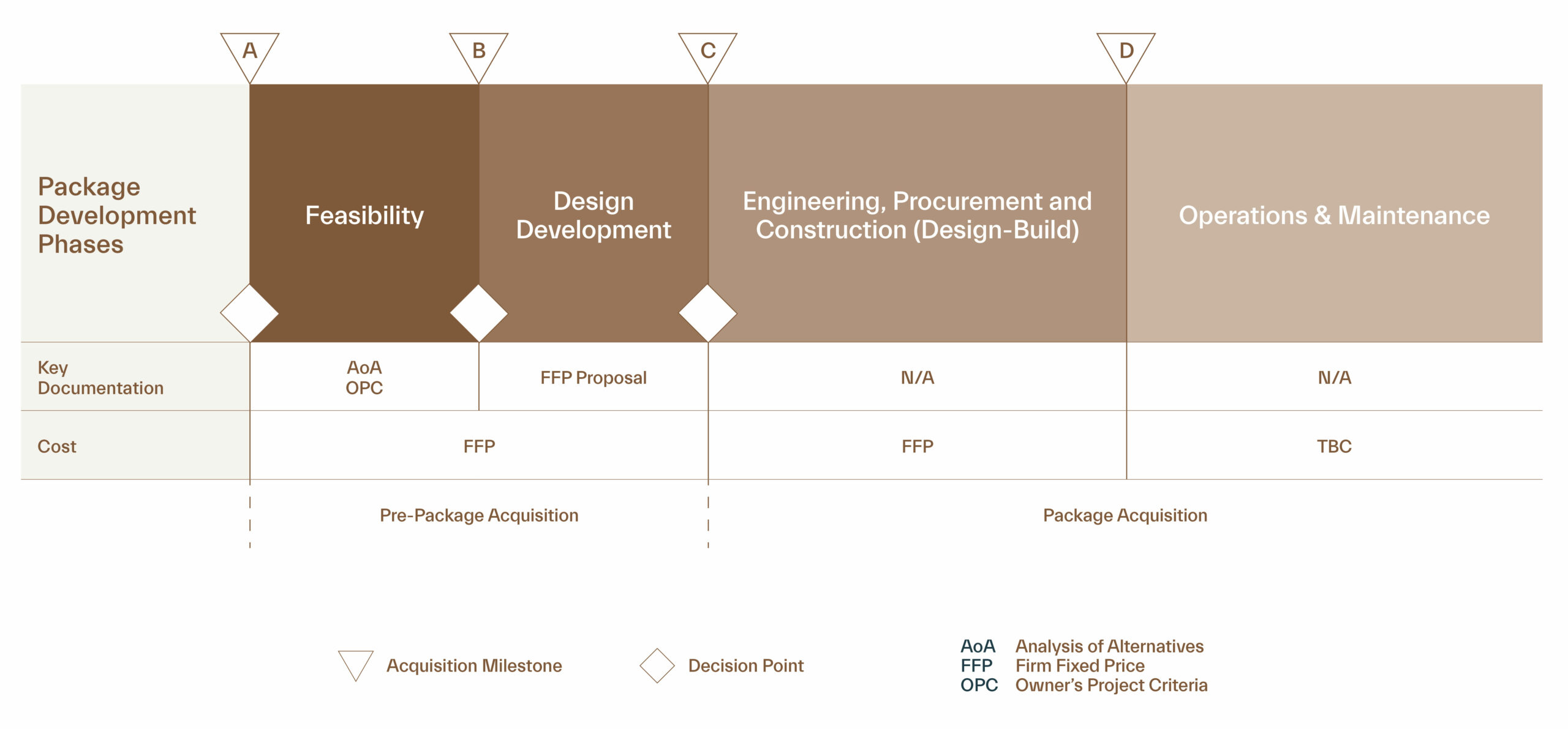Insight
2 min read
Acquire, Align, Incentivise

Everyone knows a procurement and acquisition strategy is important to getting a project right. The secret to success is having a coherent strategy that will work throughout the lifecycle of the project and ensure that all the outcomes desired by the Project Sponsor get delivered.
This requires broader thinking.
A strategy needs to be in place that ensures that the “right partner” at bid – remains so throughout the life of the project. This necessitates a framework being in place that aligns the parties to the outcomes and objectives required, and incentivises the adoption of culture, behaviours, and performance in service of them.
There are three obstacles to getting this mix right.
- The first is the often-unceremonious handoff between procurement buyers/departments, and the project team. Procurement departments are often focused on getting to their finish line and handing the batten over. But ambitious projects require more than a relay race mentality and decisions made during procurement will shape the entirety of the project.
- The second biggest obstacle is short termism and the comfort blanket of notional competition. Design-bid-build is “tried and tested” – but in those tests, has historically led to sub-optimal cost and schedule performance. Fearful of Alternative Project Delivery methods some commissioning bodies prioritize short term comfort over out-turn results.
- The third obstacle is one of mentality. Adopting a transactional mentality as opposed to an outcome focused mentality can lead to every engagement and contact – be it design change, risk event, variation – being a potential battleground.
We navigate these obstacles through following a simple but powerful four step approach to acquisition, alignment and incentivisation:
- Step One: What is the optimum project delivery method to achieve the owner’s desired outcomes and not exceed their risk appetite?
- Step Two: What kind of acquisition strategy should be adopted for the service and work packages that will be critical to success?
- Step Three: How can we align the parties in the project to a clear and comprehensible goal that leaves no room for doubt?
- Step Four: How can we distribute risk and incentivise parties through the contract type to ensure that they are empowered, able and motivated to deliver?

Acquisition Strategy Mapping